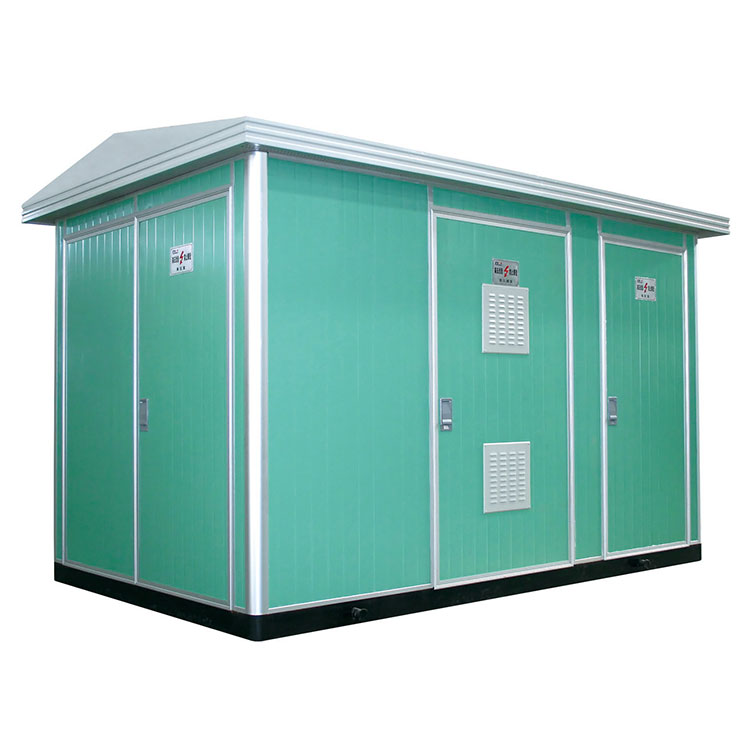Functions of An Electrical Substation
2024-05-15
An electrical substation is a crucial component of an electricity transmission and distribution system. It plays a key role in ensuring that electricity generated at power plants can be efficiently transmitted over long distances and distributed to homes, businesses, and industries. Here are the key features and functions of an electrical substation:
1. Voltage Conversion: Electrical substations are used to convert the voltage of electricity from one level to another. They can step up the voltage for long-distance transmission, reducing energy losses over the transmission lines, or step down the voltage to levels suitable for distribution to end-users.
2. Distribution: Substations serve as points of connection between high-voltage transmission lines and lower-voltage distribution lines. They distribute electricity to local distribution networks, which deliver power to homes, businesses, and other consumers.
3. Equipment: Substations contain various pieces of electrical equipment, including transformers, circuit breakers, switches, and protective devices. Transformers are used to step up or step down the voltage, while circuit breakers and switches are used to control the flow of electricity and protect the system from faults and overloads.
4. Protection and Control: Substations are equipped with protection and control systems to monitor and manage the flow of electricity and ensure the safety and reliability of the electrical grid. This includes devices such as relays, meters, and supervisory control and data acquisition (SCADA) systems, which detect faults, monitor performance, and coordinate the operation of equipment.
5. Types of Substations: There are different types of substations, including transmission substations, distribution substations, and switching substations. Transmission substations are located along high-voltage transmission lines and are responsible for voltage conversion and transmission control. Distribution substations are located closer to end-users and distribute electricity at lower voltages. Switching substations are used to connect and disconnect different sections of the grid for maintenance or operational reasons.
6. Site Selection and Layout: The location and layout of a substation are critical factors in its design and construction. Substations are typically located near major load centers or industrial areas to minimize transmission losses and meet demand requirements. The layout of the substation must also consider factors such as land availability, access roads, safety, and environmental impact.
7. Grid Integration: Substations are integrated into the broader electrical grid, connecting multiple generating stations, transmission lines, and distribution networks. They play a crucial role in ensuring the reliability, stability, and efficiency of the grid by facilitating the transfer of electricity between different parts of the system.
Overall, electrical substations are essential infrastructure components that enable the efficient and reliable transmission and distribution of electricity, supporting modern society's energy needs and economic activities.



